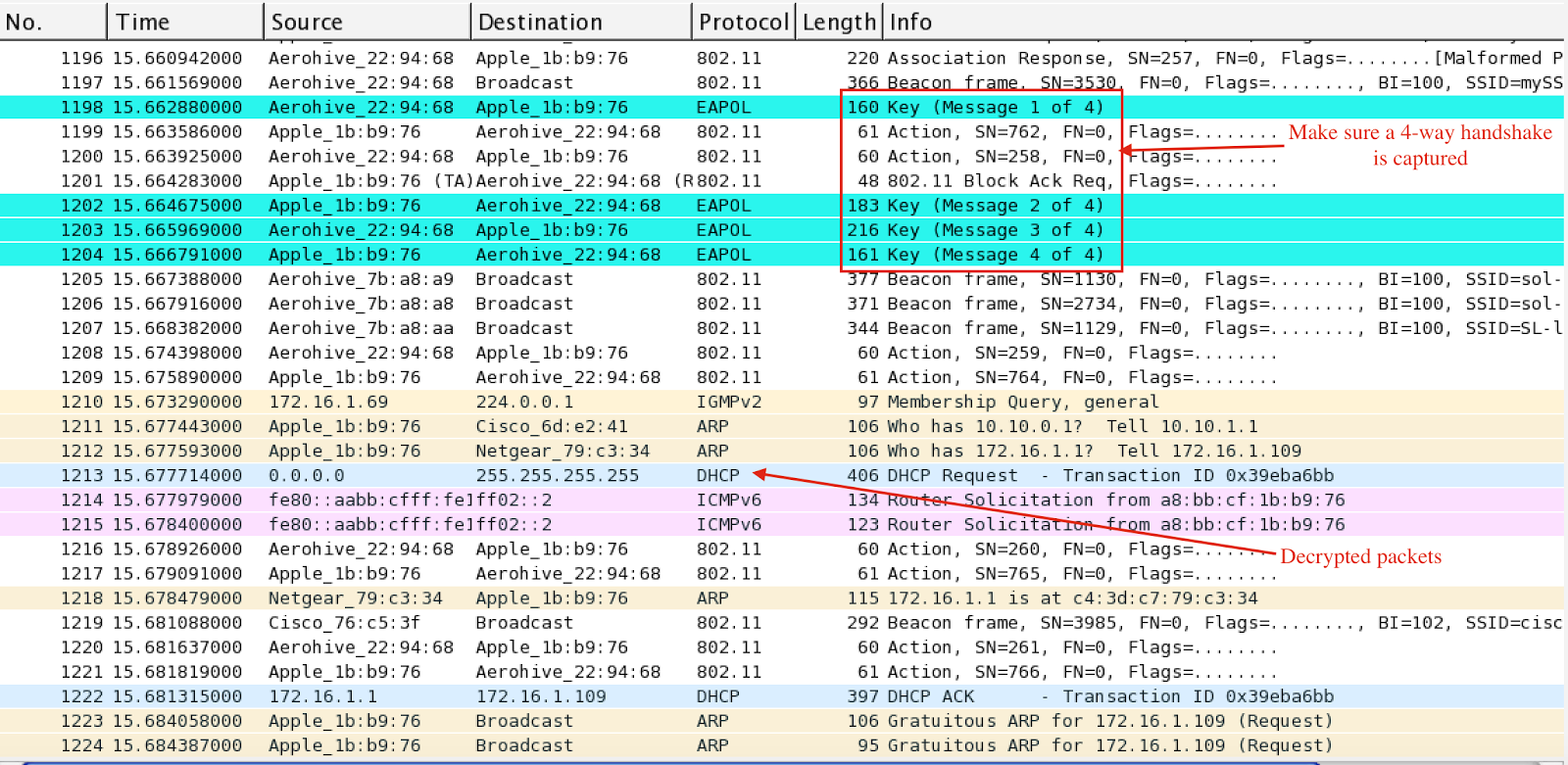
Type 4 (deprecated since 2013) contains an implementation error that makes it weak in front of brute force attempts. In case of type 0 passwords, no encryption or hashing is used, meaning that credentials are stored in plaintext. The use of a secure password protection algorithm, the NSA explains, ensures that threat actors aren’t able to crack passwords even if they manage to obtain the password hashes that are stored in configuration files for authentication purposes.īased on the analysis of different Cisco password protection types – which are tracked as 0, 4, 5, 6, 7, 8 and 9 –, the agency recommends the use of only type 8 passwords, and strongly advises against the use of type 0, type 4, and type 7 passwords. To help administrators better secure their environments, the agency published the Cisco Password Types: Best Practices guidance, which breaks down the difficulty of cracking different password protection types on Cisco devices and explains how easy it is to recover the plaintext password in some cases. Any credentials within Cisco configuration files could be at risk of compromise if strong password types are not used,” the NSA says.


“Each device has plaintext configuration files that contain settings that control device behavior, determine how to direct network traffic, and store pre-shared keys and user authentication information. The National Security Agency (NSA) this week published recommendations regarding the use of specific passwords when looking to secure Cisco devices.Ĭisco devices are used throughout networks within the Department of Defense, the Defense Industrial Base, and National Security Systems, and any unsecured credentials on these devices could lead to entire networks getting compromised.


 0 kommentar(er)
0 kommentar(er)
